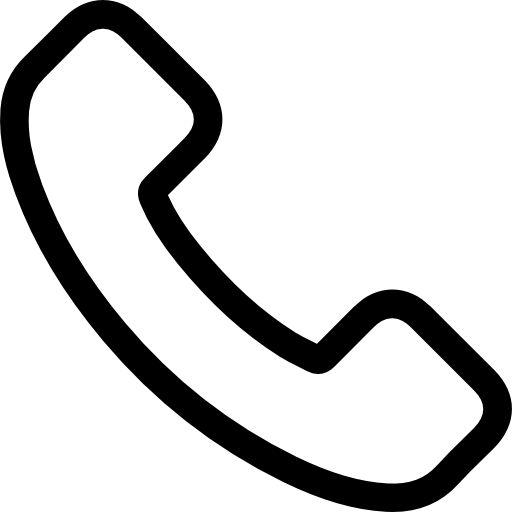Oxycodone Addiction
Oxycodone is a prescription opioid painkiller designed to relieve moderate to severe pain but is highly addictive. Since its launch as the main ingredient in OxyContin, it has become one of the most abused prescription medications, leading to the addiction and death of millions. Learn how to stay safe if you have an oxycodone prescription and what to look for if you think you or a loved one are misusing the drug.
Common Brand Names for Oxycodone
Oxycodone is available under several brand names, including:
- OxyContin®
- Percocet®
- Roxicodone®
Like other prescription opioids, oxycodone is classified as a Schedule II controlled substance due to its high potential for abuse, leading to both physical and psychological dependence.
Other Schedule II prescription opioids include:
- Fentanyl
- Hydrocodone
- Oxymorphone
- Codeine
- Morphine
Oxycodone Abuse and Addiction
Oxycodone is highly addictive and can quickly lead to dependence, especially when not closely monitored. Even those with legitimate prescriptions may develop opioid use disorder after just a few weeks of consistent use.
Signs of oxycodone dependence or addiction include:
- Cravings for oxycodone
- Using it for pleasure or euphoria
- Requesting early prescription refills
- Seeking alternate sources for the drug
- Changing the method of intake (e.g., snorting or injecting)
The OxyContin Problem
OxyContin, an extended-release form of oxycodone, was originally thought to be difficult to misuse. However, individuals began crushing and snorting it to achieve an intense high, leading to substance use disorders or even overdose.
Oxycodone Side Effects
While oxycodone effectively relieves pain, it can also lead to euphoria, which often contributes to abuse and addiction. Common side effects include:
- Tolerance
- Drowsiness
- Confusion
- Constipation
- Nausea and vomiting
- Physical dependence
- Depression
Oxycodone Overdose
Oxycodone affects brain regions responsible for vital functions like breathing, heart rate, and digestion. While small doses may cause euphoria, larger amounts can lead to dangerous respiratory depression, especially when combined with other sedatives like alcohol or benzodiazepines.
Signs of overdose include:
- Excessive drowsiness or inability to wake up
- Pinpoint pupils
- Vomiting
- Cold, clammy skin
- Slow heart rate
- Shallow breathing or “death rattle” sounds
- Unconsciousness
What to Do in Case of an Overdose
- Call 911 immediately.
- Check responsiveness (e.g., perform a sternum rub).
- Administer Naloxone (Narcan) if available.
- Stay with the person until help arrives.
Oxycodone Addiction Treatment
Treatment for oxycodone addiction depends on the severity of the addiction and can include several stages, such as:
Detoxification
Detox is the first step to recovery. Medical detox, either inpatient or outpatient, is the safest way to manage withdrawal symptoms and prevent relapse. Medication may be prescribed to reduce cravings and ease withdrawal symptoms.
Common withdrawal symptoms include:
- Insomnia
- Loss of appetite
- Nausea or vomiting
- Muscle aches
- Anxiety and irritability
- Sweating or fever
- Flu-like symptoms
- Diarrhea
- Tremors
- Dry mouth
Medication-Assisted Treatment (MAT)
MAT is an effective treatment for opioid use disorder, reducing cravings and improving treatment retention. Medications commonly used in MAT include:
- Buprenorphine
- Methadone
- Naltrexone
Oxycodone Rehab Programs
Rehab programs offer a structured environment to help overcome oxycodone addiction, often incorporating therapy and counseling. Common types of rehab programs include:
- Inpatient Rehab: A residential program that lasts 30-90 days, providing 24-hour care.
- Partial Hospitalization Program (PHP): Offers intensive treatment similar to inpatient care but allows patients to return home each day.
- Intensive Outpatient Program (IOP): Suitable for those with mild addiction or after completing other treatment programs, providing extended counseling over 3-12 months.
Oxycodone Addiction Statistics
Opioid abuse, including oxycodone, is a public health crisis in the U.S. Key statistics include:
- In 2016, over 11.5 million Americans misused prescription opioids.
- As of 2019, around 136 people died each day from opioid overdoses.
- In 2021, over 100,000 opioid-related deaths were recorded, with a sharp increase partly due to the COVID-19 pandemic.
Freedom from Oxycodone Addiction
If you are concerned about oxycodone misuse, seek guidance from a doctor or healthcare provider for appropriate support and treatment options.
 Call us:(+233) 0531380360
Call us:(+233) 0531380360  Email
Email 